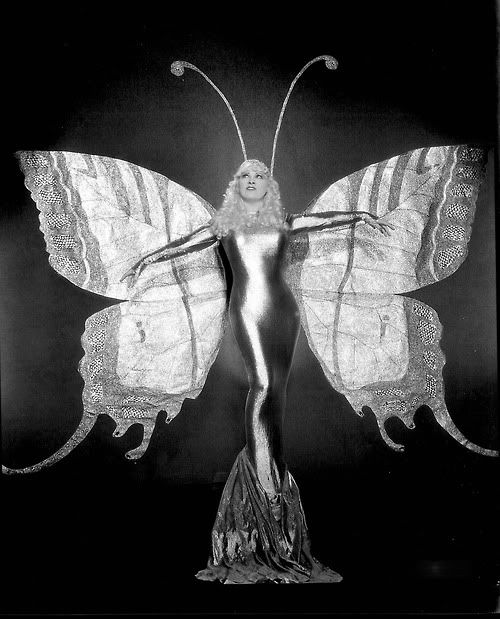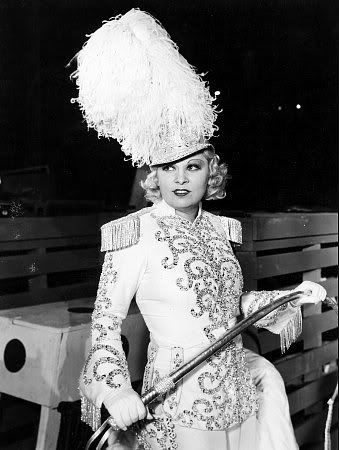Mary Jane West was born in Brooklyn, New York, on August 17, 1893, to parents involved in prizefighting and vaudeville. Mae herself worked on the stage and in vaudeville from the time she was five years old. She never was academically inclined because she was too busy performing. She studied dance as a child, and by the time she was 14 she was billed as "The Baby Vamp" for her performances on stage.
Later Mae began writing her own plays. One of those plays, "Sex", landed her in jail for ten days on obscenity charges in 1926. Two years later her play "Diamond Lil" became a huge Broadway success. Mae caught the attention of the Hollywood studios and was given her first movie role with George Raft in Night After Night (1932). Although it was a small role, she was able to display a wit that was to make her world-famous. Raft himself said of Mae, "She stole everything but the cameras." She became a box-office smash hit, breaking all sorts of attendance records.
Her second film, She Done Him Wrong (1933), was based on her earlier and popular play that she had written herself. The film was nominated for an Academy Award as Best Picture. It also made Cary Grant a star. Her third film later that year was I'm No Angel (1933). The controversy aroused by these two films resulted in the studios establishing the Motion Picture Production Code, which regulated what content could be shown or said in pictures. As a result of these codes, Mae began to double-talk so that a person could take a word or phrase any way they wished. This was so she could get her material past the censors, and it worked.
She really felt she had a vested interest because it was her written work being scrutinized. She had already written and performed these for the stage with the very material now being filmed. Her next film, Belle of the Nineties (1934), was an equal hit. By 1936, with Klondike Annie (1936) and Go West Young Man (1936) she became the highest paid woman in the US. After 1937's Every Day's a Holiday (1937), she didn't make another film until 1940, when she co-starred with W.C. Fields in another film she wrote herself, My Little Chickadee (1940). It was well known she had little use for Fields and his ways, which were crude even for her.
After Tropicana (1943), Mae took a respite from the film world, mainly because the censors were getting stricter. She decided she would be able to have greater expression in her work if she went back to the stage. Mae continued to be a success there. When censorship began to end in the 1960s, she returned to film work in 1970's Myra Breckinridge (1970). Her last film was 1978's Sextette (1978). Mae suffered a series of strokes which finally resulted in her death at age 87 on November 22, 1980, in Hollywood, California.
She was buried in New York. The actress, who only appeared in 12 films in 46 years, had a powerful impact on us. There was no doubt she was way ahead of her time with her sexual innuendos and how she made fun of a puritanical society. She did a lot to bring it out of the closet and perhaps we should be grateful for that.
Biography: Taken from Imdb
Photos: Taken from here









I have never seen any of her movies- I have to do something about that!
ReplyDelete